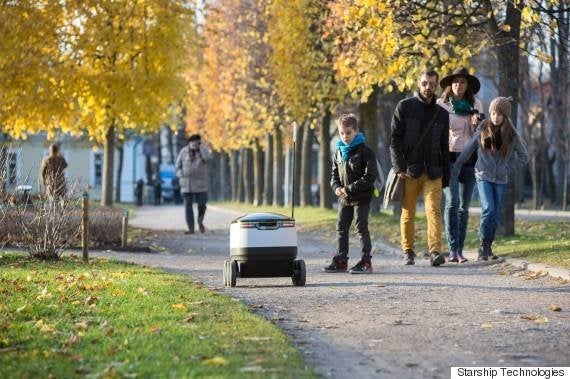The IBM Watson AI super-computer has saved a woman’s life by successfully diagnosing a rare form of leukaemia in minutes, a task which had baffled doctors at the University of Tokyo for months.
The disease was identified after Watson spent just 10 minutes cross-referencing the patient’s genetic changes with 20 million cancer research papers, Silicon Angle and Japan Times reported.
For years, technologists have been touting Watson as the future of healthcare. With an unrivalled ability to crunch huge volumes of data, the super computer has been promised to transform medicine by providing accurate diagnoses at an unprecedented speed.
Watson first started studying medicine in 2011. Based at Columbia University and the University of Maryland, it was fed medical cases and millions of pages of research papers.
In 2013, Watson was made available to doctors and health insurance companies, New York Daily News reported. But as Silicon Angle notes, it could be some time before Watson replaces doctors completely.
In addition to diagnosing rare illnesses, Watson could supply perfect dosages of medicine for each patient’s personal genetic makeup. But to perform such a task, Watson would require access to a huge repository of DNA data, raising serious concerns about patients’ privacy.
If there isn’t sufficient data available about a new disease, Watson might also struggle to make an accurate diagnosis.
The robots and drones that will change our lives
Robots that can deliver other robots:
Amazon/AP
Amazon Prime Air is a drone delivery service which the company is currently testing. The company aims to deliver products within just 30 minutes of the customer pressing the 'order' button. (AP Photo/Amazon)
Robots that could soon be saving lives:
MARK RALSTON via Getty Images
The robot 'CHIMP' developed by Team Tartan Rescue from the US prepares to complete a task during the finals of the
DARPA Robotics Challenge. It is hoped that these robots will eventually replace emergency services workers during events like the Fukushima nuclear disaster. (MARK RALSTON/AFP/Getty Images)
Robots that can carry your stuff:
MARK RALSTON via Getty Images
A robotic cheetah runs during a demonstration at the finals of the DARPA Robotics Challenge. DARPA's four-legged robots have been designed to carry supplies and ammunition for the US Army. Capable of travelling over tough terrain the hope is that these will eventually replace the need for trucks or small vehicles. (MARK RALSTON/AFP/Getty Images)
Robots that can kill:
AFP via Getty Images
A sentry robot freezes a hypothetical intruder by pointing its machine gun during its test in Cheonan. South Korea unveiled a high-tech, machine gun-toting sentry robot that could support its troops in detecting and killing intruders along the heavily fortified border with North Korea. The weapons-grade robot can detect, raise the alarm and provide suppressive fire. (KIM DONG-JOO/AFP/Getty Images)
Robots that can race each other:
YOSHIKAZU TSUNO via Getty Images
Japan's motorcycle maker Yamaha Motor introduces the prototype model of a motorcycle riding robot 'Motobot' during a press preview at the Tokyo Motor Show in Tokyo on 28, 2015.(YOSHIKAZU TSUNO/AFP/Getty Images)
Robots that are toys:
ASSOCIATED PRESS
The
Sphero BB-8 remote controlled droid is on display at CES Unveiled, a media preview event for CES International, Monday, Jan. 4, 2016, in Las Vegas. The robot is controlled by an app for a mobile device. (AP Photo/John Locher)
Robots that will do your weekly shop:
A new
delivery drone company plans to revolutionise the way we do our shopping by replacing your weekly trip to Sainsbury's with a tiny delivery robot which will bring your fruit and veg straight to your door.(Starship Technologies)
Related








